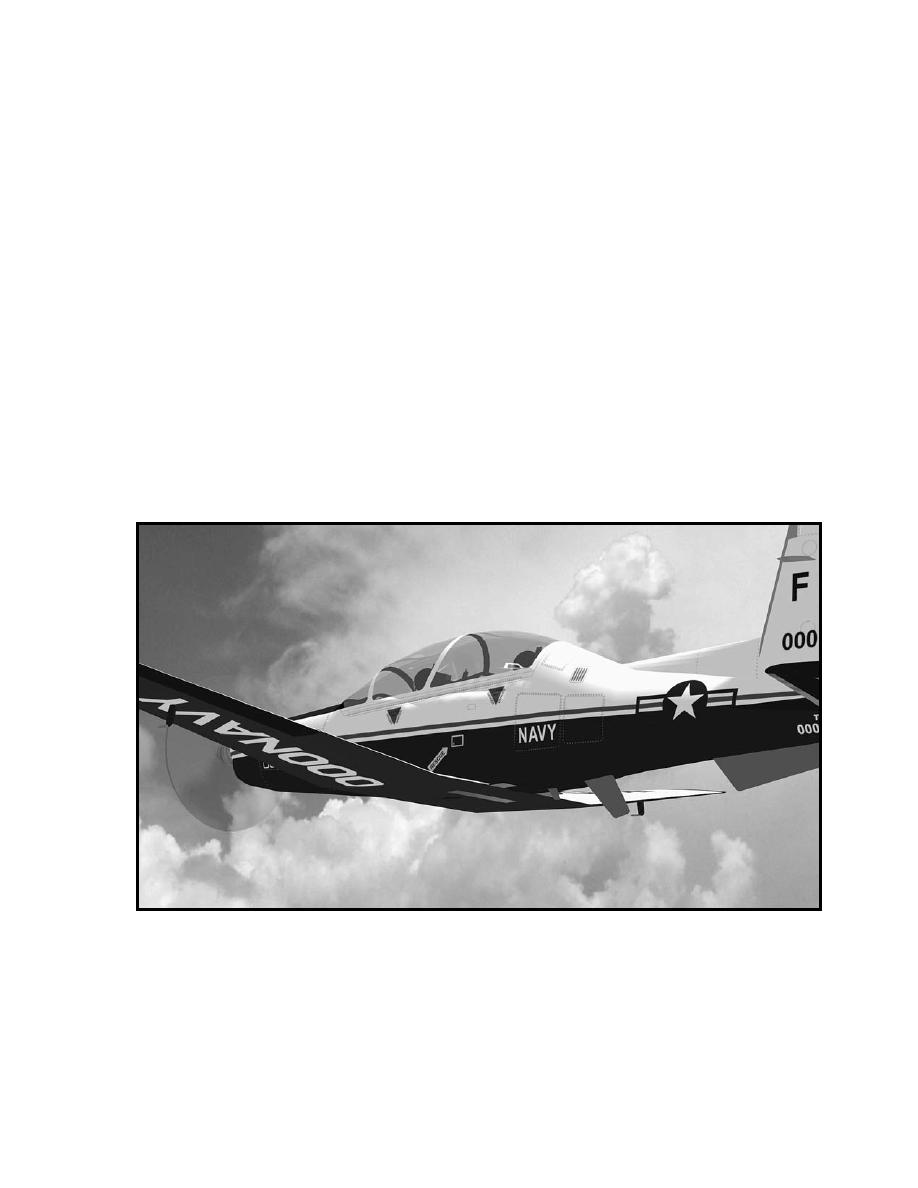 |
|||
|
|
|||
|
|
|||
| ||||||||||
|
|  CHAPTER FOUR
SECTION PARADE
400. INTRODUCTION
Parade formation is used in various flight regimes to include initial/overhead patterns, instrument
penetrations, demonstrations, and exhibition flights to name a few. Advantages are: it offers
Wingman the best visual on Lead in poor weather conditions; provides good visual
communications between aircraft in the flight; is easily and positively controlled by the formation
lead and presents a neat military appearance. The disadvantages are less maneuverability and it
hinders proper lookout doctrine by the Wingman.
401. PARADE POSITION
The parade position is the basis for all maneuvers in this chapter. In general it is a fixed position,
on either the right or left side of the Lead, on a 45 bearing from the Lead. It provides a fixed
position, ensures maneuverability of the flight, and maintains 3 feet of wingtip clearance and
5 feet of stepdown (Figure 4-1).
Figure 4-1 Parade Position
1. Stepdown. If there is excessive stepdown, a large gap will be visible between the fuselage
and opposite wing and you will most likely see portions of the bottom of the opposite wing
(Figure 4-2). If there is insufficient stepdown, the normal parade checkpoints will not be visible
as the fuselage will cover the opposite wing's reference points (Figure 4-3).
SECTION PARADE 4-1
|
|
Privacy Statement - Press Release - Copyright Information. - Contact Us |